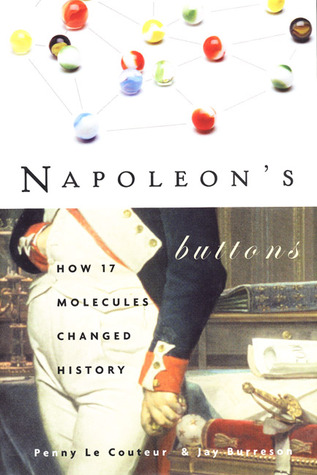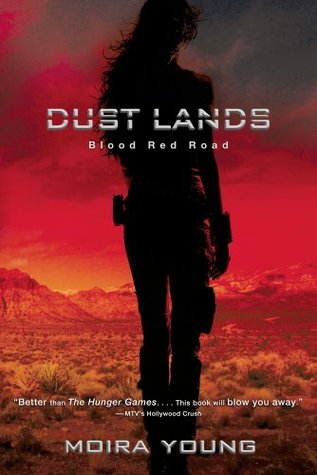 The tricky thing about being a writer, or about being any kind of artist, is that in addition to making art you also have to make a living.
"Blending literature and memoir, Ann Patchett, author of State of Wonder, Run, and Bel Canto, examines
her deepest commitments—to writing, family, friends, dogs, books, and
her husband—creating a resonant portrait of a life in This is the Story of a Happy Marriage.This Is the Story of a Happy Marriage
The tricky thing about being a writer, or about being any kind of artist, is that in addition to making art you also have to make a living.
"Blending literature and memoir, Ann Patchett, author of State of Wonder, Run, and Bel Canto, examines
her deepest commitments—to writing, family, friends, dogs, books, and
her husband—creating a resonant portrait of a life in This is the Story of a Happy Marriage.This Is the Story of a Happy Marriage
takes us into the very real world of Ann Patchett’s life. Stretching
from her childhood to the present day, from a disastrous early marriage
to a later happy one, it covers a multitude of topics, including
relationships with family and friends, and charts the hard work and joy
of writing, and the unexpected thrill of opening a bookstore."
I certainly enjoyed this collection from Ann Patchett; of her novels, I've read
State of Wonder, Bel Canto, and
The Magician's Assistant, and am now thinking of reading her first novel,
The Patron Saint of Liars. I'd never read any of her essays before, and some of them were quite good, offering wise advice and moving stories alike. I was under the impression that these were all new essays; however, most of them had been published previously in various magazines. That was okay though, because they were all new to me.
"The Getaway Car" was one of the lengthiest essays in this collection, and it had a lot of good writing tips in it, such as just practicing and practicing and writing
a lot, even if most of it is junk. I haven't been writing much fiction lately, and I should. This essay also details her own writing experience from her education, mainly in writing short stories, to working as a waitress, to finally starting a novel. And then she never went back to short stories. I enjoyed it, although there did seem to be some extraneous parts.
Some sections of this book are quite moving, and many of Patchett's comparisons rang true, when she was talking about art and writing. She begins, for example, "The tricky thing about being a writer, or about being any kind of
artist, is that in addition to making art you also have to make a
living. My short stories and novels have always filled my life with meaning, but, at least in the first decade of my career, they were no more capable of supporting me than my dog was. But part of what I love about both novels and dogs is that they are so beautifully oblivious to economic concerns. We serve them, and in return they thrive. It isn't their responsibility to figure out where the rent is coming from." Patchett devotes an essay, "This Dog's Life", to her relationship with her dog Rose. It was quite touching, and in some respects reminded me of some of E.B. White's essays, though it was less humorous. They do seem to have a similar tone in their essay writing though, which I found quite interesting.
The following essay, "The Best Seat in the House" is about Patchett's passion for opera, and being a fan as well, I found myself nodding and smiling in recognition of familiar references. For some strange reason Ann Patchett lives in Nashville, and her solution is to go to the Met HD broadcasts. I've been to a few myself, and they're quite good; however, there's something about being their, live, for the performance, that the HD lacks. The 3D, and perhaps being able to look wherever you want and seeing the broader picture. Of course, the live HD screening has its advantages; it's cheap, it's convenient, and you get clear close-ups you wouldn't normally. I'd still rather go to the live opera though.
Much like
the reviewer for The New York Times, I didn't take many notes while I was reading; I was just absorbed by the prose and the stories. Looking back, though many of the essays, especially, the later ones, were wonderful.
There's a short essay about Patchett's home, Tennessee, which I found quite evocative with its portrayal of the countryside, expanding surburbia, and how modernity brings lots of change, some good and some bad. A lot of the beautiful rural areas are being turned into hideous apartment buildings, but as Patchett shrewdly points out, the Klu Klux Klan no longer marches through the streets periodically.
Another one that I enjoyed was "The Wall", about Patchett's experience of taking the entrance exams for the LA Police Department, even though she didn't actually want to become a policewoman; it was more for her writing purposes and because her father had been a policeman. She writes about a whole world of extreme fitness that we don't normally see, and about the camaraderie that exists between policemen and women.
There's an essay about book tours, "My Life in Sales"; I found some sections of it amusing: "You know when the interviewer hasn't read the book because the first question is always, 'Let's talk about this really great cover.'" Patchett also writes that "once the book is written, its value is for the reader to decide, not for me to explain." I think she's exactly right. I know in my English class there's all this focus on what the author intended, what the author is trying to portray. And sure, that's important, but more so is what we as readers get out of a book, maybe something that the author never even thought about.
One of my favorites of all the essays was "The Love Between Two Women Is Not Normal". In 2006, Clemson University assigned one of Patchett's books,
Truth and Beauty, to all the incoming freshman.
Truth and Beauty is a nonfiction book, about the deep friendship between Patchett and the writer Lucy Grealy, who suffered from severe jaw cancer that left her face permanently disfigured. It was also about her death. Anyway, predictably enough, some parents tried to get the book banned because it contained "pornography". Book banning just infuriates me, especially when there's no justification whatsoever. This isn't even high school; these are college students! I'm pretty sure they're going to think about everything they read, and not going to rush off to do whatever the book contains in it. I found this essay quite compelling, as was the transcript of her address to the Clemson students, where she basically use the same arguments above fleshed out, and then some. I was definitely in agreement with Ann Patchett's views.
"Love Sustained" was one of the sadder essays, about Patchett's grandmother's gradual decline and ultimate death. It was followed by "The Bookstore Strikes Back", about the founding of an independent bookstore in Nashville after its two bookstores went out of business. I have to say, that I've never really wanted to go to Nashville, but I wouldn't mind visiting Parnassus Books now. It seems like a good bookstore, founded on good principles. There's also a lovely picture of the bookstore on the back cover, and it looks quite enticing.
The title essay was marvelous as well. I couldn't relate it to it much, but nevertheless I was absorbed and engrossed and very moved. Some of Patchett's actions seemed a bit unfathomable to me, but I'm sure they made sense to her. It wasn't my favorite, but it was still excellent.
My one criticism is the narrative style; most of the essays are written in the present tense, and I found that a little awkward. Maybe that's why they reminded me a little bit of E.B. White? I also know that Patchett loved
Charlotte's Web as a child.
Anyway, I really enjoyed this collection of essays; it's definitely worthwhile, and each essay has its points. Read another review
here; there are a lot of points in that review that echo my sentiments. I received a review copy from Harper.
306 pages.
Rating: ****
 The end of the sword was pointing straight at my heart, and my murderer's eyes were like black holes threatening to swallow everything that came too close to them. I knew I couldn't get away. With difficulty, I stumbled a few steps back.
The end of the sword was pointing straight at my heart, and my murderer's eyes were like black holes threatening to swallow everything that came too close to them. I knew I couldn't get away. With difficulty, I stumbled a few steps back.








